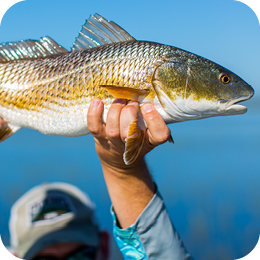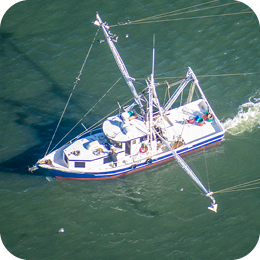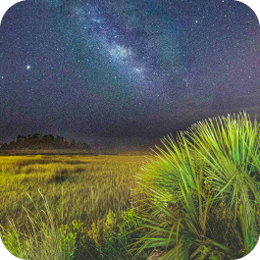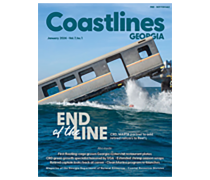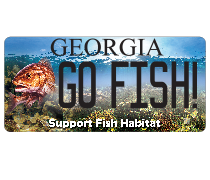This serves as notification from the Coastal Marshlands Protection Committee (CMPC) and the Georgia Department of Natural Resources of a request from Hemlata N. Patel. for a Coastal Marshlands Protection Act (CMPA) Permit under O.C.G.A. 12-5-280 et. seq. to construct and maintain a billboard within the State’s CMPA jurisdiction adjacent to U.S. Highway 80 on Tybee Island Chatham County, Georgia. The project is less than 1/10 of an acre and is considered a minor alteration of coastal marshlands under O.C.G.A. 12-5-280 et. seq.
The applicant is proposing the construction and maintenance of 12ft. X 24ft. billboard elevated 8ft. above grade on four (4) 8in. X 8in. posts, impacting approximately 2.75 sq. ft. of vegetated marshlands at a point where a tidally influenced tributary of Horse Pen Creek goes dry at Mean Low Water (MLW). Electricity will be supplied to the structure to illuminate the billboard during non-daylight hours. The proposed structure will be constructed in the same location as a previously existing billboard that was destroyed by Hurricane Matthew in 2016. Proposed impacts for the project total approximately 24 square feet or 0.01 acre. The applicant has stated that there is no upland component for this project.
The Coastal Marshlands Protection Act (CMPA) states that specific activities and structures are normally considered to be contrary to the public interest when located in coastal marshlands but the final decision as to whether any activity or structure is considered to be in the public interest shall be in the sound discretion of the Coastal Marshlands Protection Committee (CMPC). The proposed construction and maintenance of a billboard will include review under O.C.G.A. Section §12-5-288 (a), which states: “If the project is not water related or dependent on waterfront access or can be satisfied by the use of an alternative non-marshland site or by the use of existing public facilities, a permit usually should not be granted.” In addition, §12-5-288 (b)(7) states projects normally considered contrary to the public interest includes “construction of structures which constitute an obstruction of view to adjoining riparian landowners, including signs and enclosures.”
It is the responsibility of the applicant to demonstrate that the project is not contrary to the public interest and that no feasible alternative sites exist. Impacts to coastal marshlands must be minimal in size. In passing upon the application for permit, the Coastal Marshlands Protection Committee shall consider the public interest: (1) Whether or not unreasonably harmful obstruction to or alteration of the natural flow of navigational water within the affected area will arise as a result of the proposal; (2) Whether or not unreasonably harmful or increased erosion, shoaling of channels, or stagnant areas of water will be created; and (3) Whether or not the granting of a permit and the completion of the applicant’s proposal will unreasonably interfere with the conservation of fish, shrimp, oysters, crabs, clams, or other marine life, wildlife, or other resources, including but not limited to water and oxygen supply.
Please provide this office with substantive, project-specific comments as to why the proposed work should or should not proceed. Comments and questions concerning this proposed project should be submitted in writing by the close of business May 11, 2018 to Deb Barreiro, Department of Natural Resources, 185 Richard Davis Drive, Suite 104, Richmond Hill, Georgia 31324.
Click here for Project Application
Click here for Project Description
Click here for Project Drawings
 An official website of the State of Georgia.
An official website of the State of Georgia.


